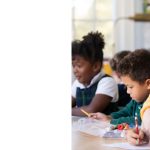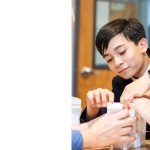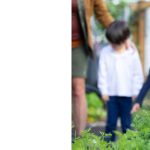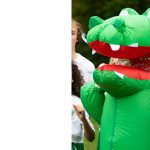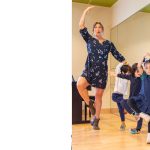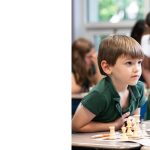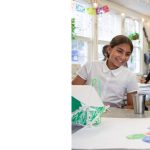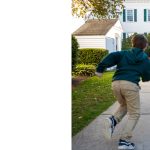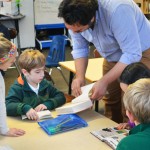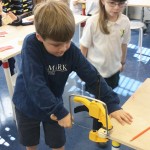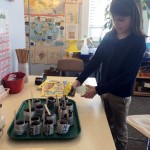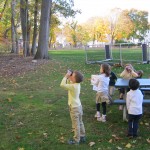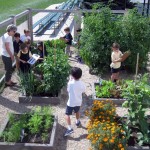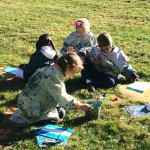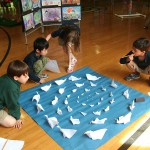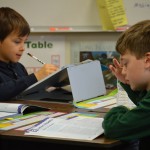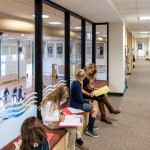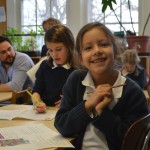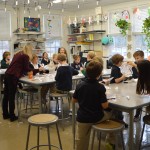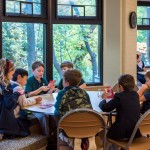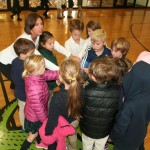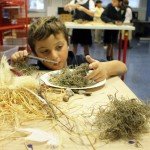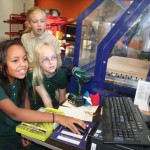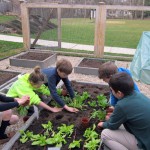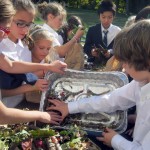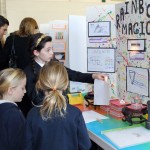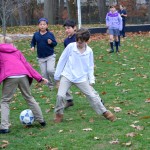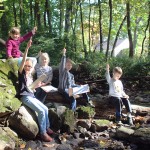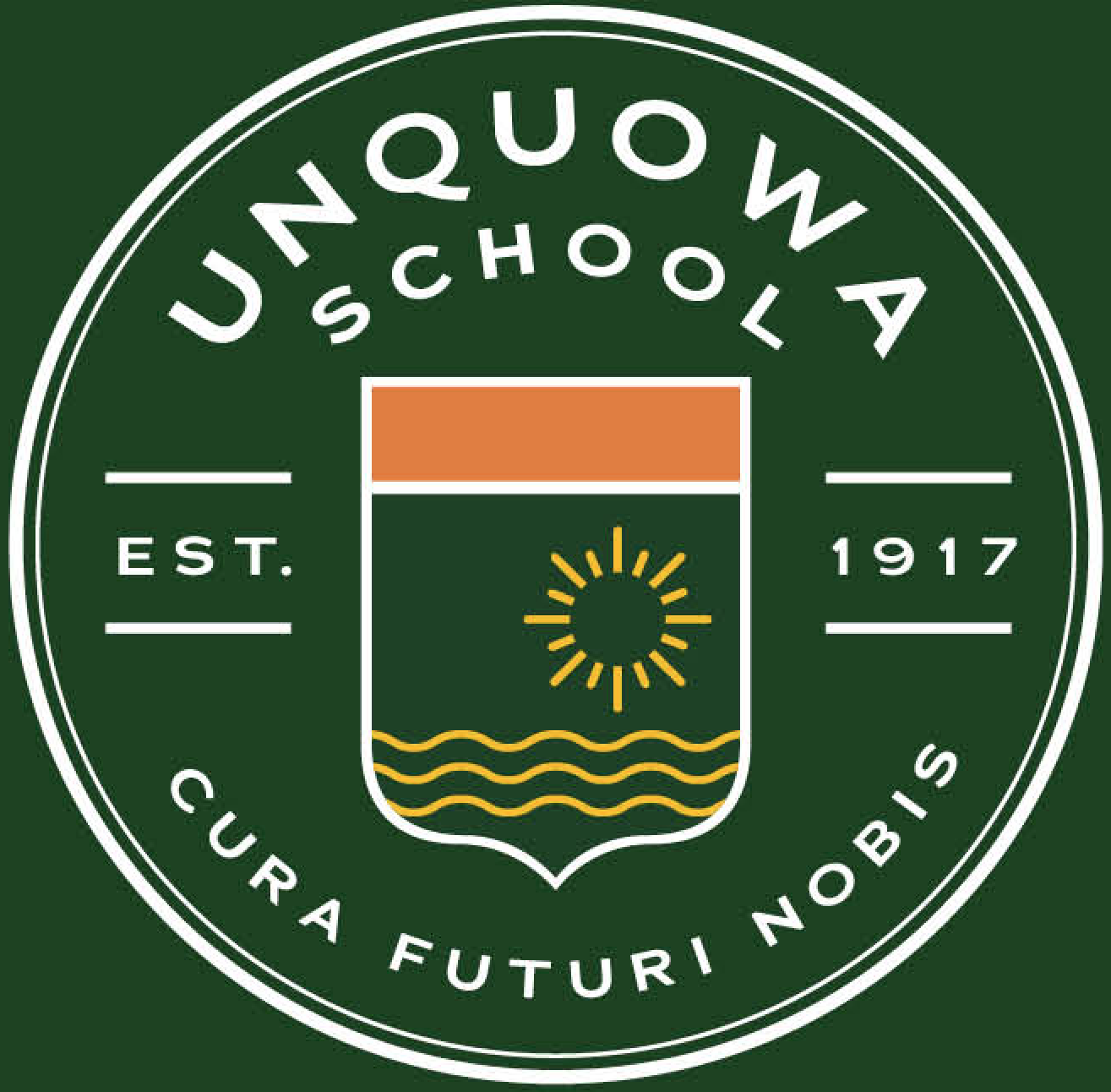“Teachers and administration make a concerted effort not only to get to know each student holistically, but to understand and meet his/her unique academic needs. They are invested in what each child is learning. This is not a ‘teach to the middle’ place. No one is racing to cover material- they want our children to love learning and really understand what they are being taught. When something isn’t working, they actually fix it! Teachers also realize that kids are different and learn differently. There is no one size fits all approach here.”
—Unquowa Parent
Middle Childhood: The Watershed Years
Once seen as the quiet spell between toddlers and teens, science now confirms that grades one through four are the beginning of a far more distinctive period of development when the parts of the brain connected to the ability to control impulse, to reason and to plan for the future take hold. Our teachers have always been able to confirm that the grades between early childhood and middle school are a developmental watershed for kids. It’s when they begin to understand how the desires of their friends fit with their own, when they are keen to understand and exercise the social rules of their community and when their general humanity begins to unfold in crucial ways in preparation for the subsequent hormonal challenges of puberty.
Spend thirty minutes in our dining room watching the fourth graders oversee the serving and clean-up of lunch and you will have no doubt that they relish their responsibility and have teamwork down to a science. Come to the dining room in the half hour before school starts and witness a second grader helping a four year old to pack up and walk to class when the eight-thirty bell rings and you will be convinced of middle childhood generosity and compassion. Visit a class of third graders who are eagerly researching endangered species and you will see that they can not only conceive of their own futures but have a zest for saving the future of the larger world. When these character strengths are celebrated and reinforced in authentic ways, they remain as a protective mantle when students leave the watershed of Middle Childhood for the choppier waters of adolescence.
Curriculum Grades 1-4
Our Lower School curriculum emphasizes instructional groups which are small and are adapted to individual needs. Teachers’ methods are flexible and focus on both addressing the learning style of each student and providing the intellectual stimulation and growth of group discussion and collaboration.
- A balanced language arts curriculum for the early grades combines instruction in phonics with sight vocabulary and context clue development. In the third grade, the focus is on independent learning, reading comprehension and inference. Process writing is an integral part of the language arts curriculum for all grades PreK and up.
- Mathematical experience using manipulatives is offered as a foundation for abstract thinking and problem-solving and is combined with the traditional algorithmic approach to arithmetic.
- Social studies and science are taught by the classroom teacher, and related field experiences happen throughout the year. All grades have specific subject teachers from the larger school faculty in visual and performing arts, Spanish and Mandarin and technology, where robotics is introduced in fourth grade and continues through the Upper School.
- Daily physical education classes promote individual fitness development in all grades, provide mental stimulation and introduce the skills of team sports in a developmentally appropriate exposure. By the time team sports are offered, our children are familiar with them and confident and enthusiastic about participation. Both intramural and travel competition begin in limited format at third and fourth grades.
- Spanish and Mandarin classes are taught in the target language and focus on listening and speaking in a way that imitates students’ first language acquisition. This program, which starts in PreK gradually adds a literacy component in the early grades as children are developmentally and cognitively ready, which is fully integrated by the latter part of Lower School, at which point students choose to focus on either Mandarin or Spanish as they move to Upper School. For more details and a short video about our Mandarin program, click here.
- In visual arts children have both the studio experience of working with a wide range of materials for the purpose of individual expression and interacting with the work of established artists to develop their understanding of visual expression.
- In performing arts, children continue the experience of drama, voice and instrumental music, with the introduction of reading and composing music and a focus on playing wind, percussion and string instruments in third and fourth grades.
- The makerspace provides us with bigger and better space for activities in all disciplines that involve making, un-making, tinkering and designing. It is essentially the place where the garage meets the classroom and offers students a chance to bring their ideas to life using materials ranging from wood, metal and fabric to robotic components and 3-D printing.
Field Experience
For all Lower School grades, regular and meaningful field experiences reinforce the classroom experience, breathe life into the lessons learned there and expose our children to the people and resources—both natural and artistic—about which they learn in school.
Assessment
Assessment of students continues to take place in Lower School through teacher observations and a variety of written and verbal assessments. Reading and math progress is formally documented three times per year and parents continue to receive interim and formal narrative progress reports each trimester. Similarly, parent conferences are scheduled twice a year, and additionally at the request of the parent. Letter grades in academic subjects are introduced in fourth grade as a transition to Upper School.



